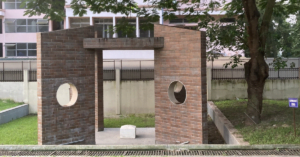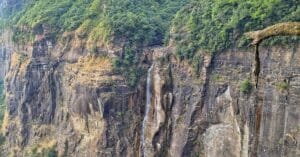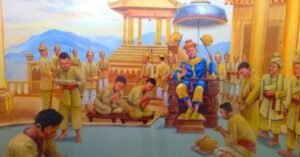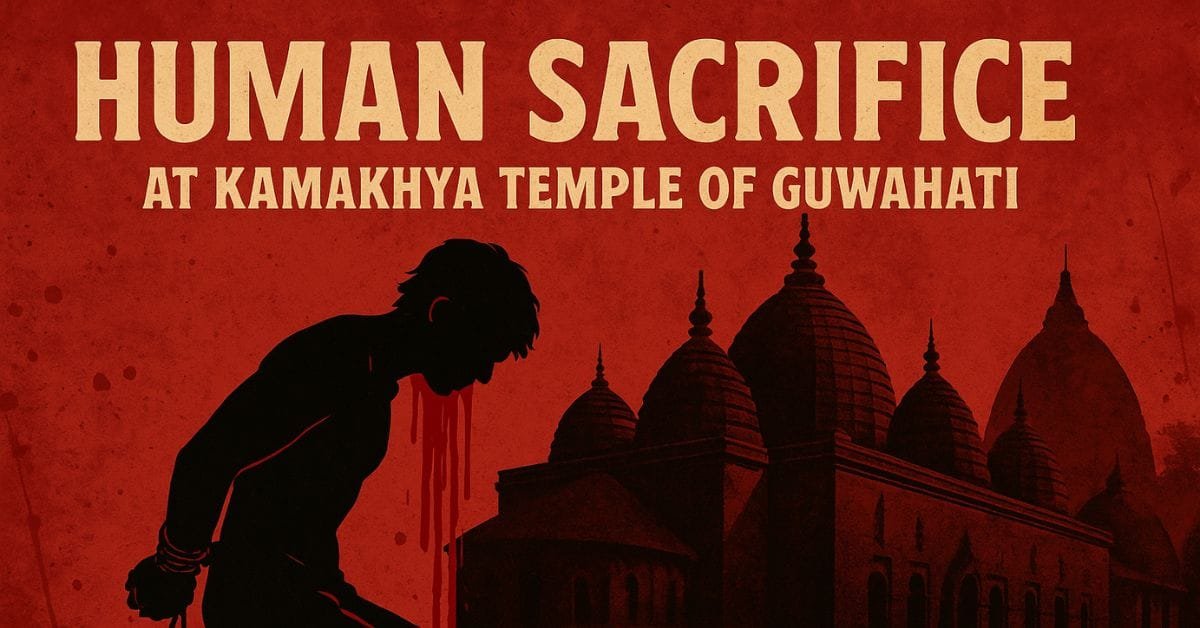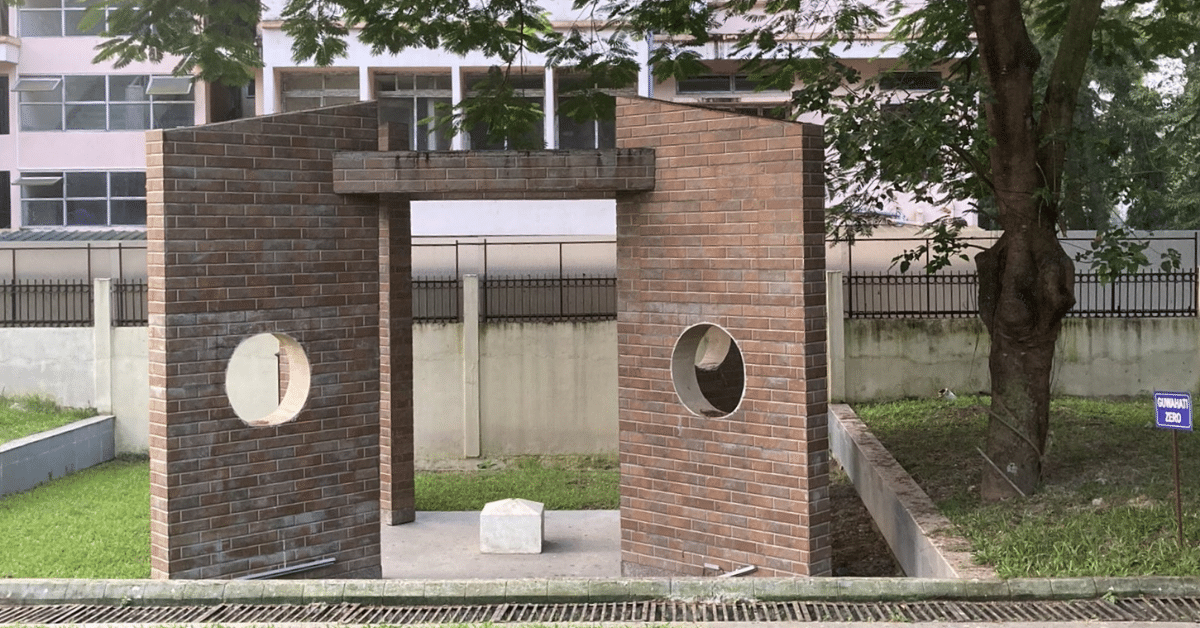The story of Khamti rebellion goes back to 1839. The times were such that the British had just started to administer the territory of Assam after the treaty of Yandaboo(1826). The British on their occupation of the Brahmaputra Valley in 1826, found the Sadiya tract entirely under Khamti control.
But who are the Khamtis?
The Khamtis belong to the same Shan stock as the Ahoms, the ruler of the Assam province till 1826. They were originally inhabitants of the Bar-Khamti country between the extremity of Assam and the Irrawady Valley . The Khamtis are Buddhists in faith and have their own literature. They first came to Assam towards the end of the 18th century. By the year 1794, they expelled the Ahom Governor of Sadiya(a part of the Ahom Kingdom) whose title was Sadiya Khowa Gohain. The Khamti Chief assumed the title and authority of the Sadiya Khowa Gohain, and the weak Ahom government of Gaurinath Singha had to recognize the usurpation.
After 1826, the British recognized the Khamti Chief as the lawful ruler of Sadiya and beyond. He was not required to pay any tribute, but he agreed to maintain a force of two hundred men who were provided by the British with arms and ammunitions. The internal management of the Khamitis vested in their own Chief, who also dealt with petty cases amongst the local Assamese and collected from them a poll-tax of one rupee a head. This they remitted to the Political Officer, who tried serious offences committed by the Assamese.
The Old Khamti Sadiya Khowa Gohain died in 1835 and was succeeded by his son. A dispute arose between the new Sadiya Khowa Gohain and the Barasenapati, the ruler of the Matak country. regarding a certain tract of land. The British Officer at Sadiya, to prevent a collision, attached the land and told both the parties to appear before him and place their respective claim. The Sadiya Khowa Gohain, in defiance of this order, took forcible position of the land and refused to give it up when called upon to do so. In 1835, a British Officer assumed the responsibility of administering the Sadiya country. So, no action was taken against the Khamtis and were left untaxed and were still allowed to manage their own affairs under their own chiefs. But they were deprived of their control over the local Assamese, the jurisdiction over whom was thenceforth exercised by the British Political Officer at Sadiya.
Why dis the Khamti rebel against the British?
Since 1885 the Khamtis remained outwardly loyal and passive towards the British. Actually shortly afterwards they assisted the British in the operations against the Singphos as a reward for which their late Chief was permitted to return from exile. But the loyalty of Khamtis owards the British was only apparent, they were in a state of simmering discontent. In 1839 the British shifted the headquarters of the Assam Light Infantry from Biswanath to Sadiya. The Khamtis knew the ulterior motive of this decision. Hardly had a portion of the troops moved to the newly constructed lines, when on January 29, 1839, the Khamtis numbering 600 men, armed with dahs(small sword), spears, muskets attacked the cantonment from all sides, killing a large number of men, women and children. A punitive force was at once despatched to Sadiya. The insurgents sought refuge amongst the Mishmis(another tribe living in the region). They were followed up and repeated defeats were inflicted on them, and in Dec. 1848, the last of the rebels made his submission.
Historically, the Sepoy Mutiny of 1857 has been recognised as India’s First War of Independence. However, considering the fact that the Khamti tribe fought valiantly against the British 18 years prior to the sepoy mutiny, the Khamti Rebellion becomes the India’s First War of Independence. Recently, Arunachal Pradesh government has passed a resolution to recognise the Khamti rebellion as India’s first war of independence.



